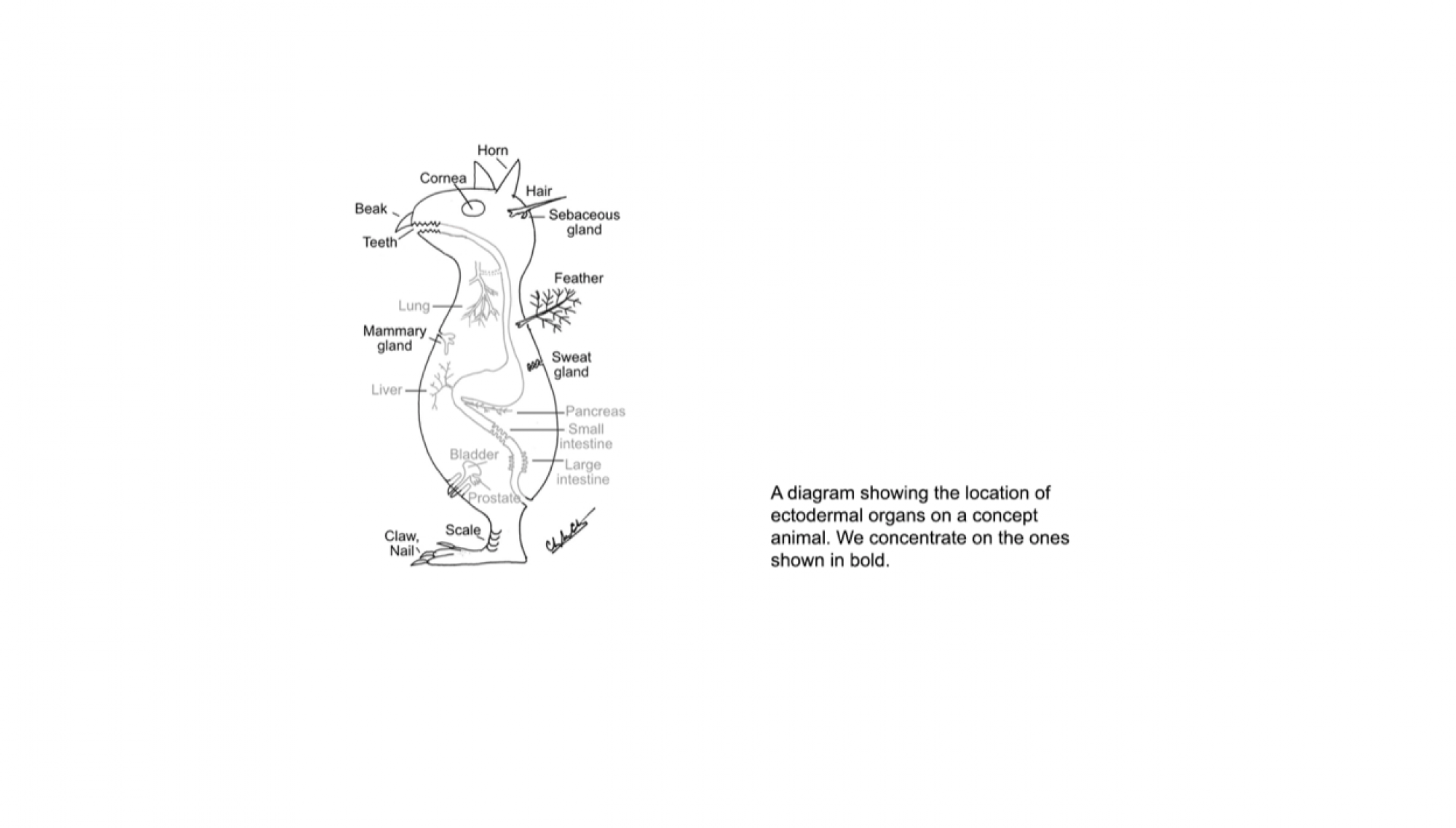Opportunities for highly motivated individuals
- POSTDOCTORAL FELLOWS – 2 POSITIONS:
- Postdoctoral position for highly motivated fellow to explore the new frontier or bioelectricity in tissue development and regeneration.Role of bioelectricity in skin morphogenesis. This is a newly funded multi-disciplinary project among Drs. Cheng Ming Chuong, Randall Widelitz, and Robert Chow, University of Southern California, Los Angeles. Lab website: https://sites.usc.edu/cmchuong/To study roles of non-neural bioelectricity in tissue morphogenesis and pattern formation, we use developing chicken skin and a regenerating feather follicle model. A combination of next-gen sequencing, molecular expression, lentivirus-mediated gene mis-expression, 4D cell behavior movies, and electro-physiology will be used to identify roles of ion channels and gap junctions in morphogenesis. It is a great opportunity to learn multi-disciplinary approaches from three PIs and be a front runner of a new field.
(1) Coupling bioelectric signaling with biochemical signaling. See Li et al. Calcium oscillations coordinate feather mesenchymal cell movement by SHH dependent modulation of gap junction networks. Nat Commun 9: 5377, 2018. Calcium channel activities passing through gap junctions work with Shh/Wnt to control collective dermal cell movement.
(2) One fundamental issue is how patterns form across the body. Pigment provides a great read out to analyze the pattern. See Inaba et al. Instructive role of melanocytes during pigment pattern formation of the avian skin. PNAS 116: 684, 2019. Melanocyte progenitors form periodic patterns of differentiated melanocytes autonomously in a gap junction-dependent manner.
Contact information: Please send a curriculum vitae, personal statement on research and name/ email of 3 references to Dr. Randall Widelitz (widelitz@usc.edu); Dr. Chuong (cmchuong@usc.edu).
- Postdoctoral position for a highly motivated fellow to study the epigenetic basis of tissue patterns. Chuong laboratory, University of Southern California, Los Angeles https://sites.usc.edu/cmchuong/The goal here is to elucidate the epigenetic basis of skin regional specificity. The feather model is used because of the distinct regional phenotypes. Both epidermal stem cells and dermal papilla are used to determine the link between epigenetic memory and morphological coding. This provides a great opportunity to explore the nature of epidermal-dermal interactions.1) How regional specific skin appendages are made. Chang et al. 2019, The Making of a Flight Feather: Bio-architectural Principles and Adaptation. Cell 179:1409-1423,). Various feather types are derived from epidermal stem cells, providing a great opportunity to study the molecular control of functional forms.
2) Region-specific regulation of the keratin gene cluster. Liang et al., 2020, Folding Keratin Gene Clusters during Skin Regional Specification Dev. Cell 561-). The work breaks new ground on how the high order chromatin configuration of beta-keratins (members of epidermal differentiation complex) generates a large spectrum of complexity
3) Dermal control. Body wide dermal codes are mapped with RNA seq, ATAC seq and methylome analyses. Candidate molecule roles will be functionally tested by expression studies, lentivirus-mediated gene mis-expression, promoter-reporter, high order chromatin technology, etc.
Contact information: Please send a curriculum vitae, personal statement on research and name/ email of 3 references to Dr. Chuong (cmchuong@usc.edu).
- Postdoctoral position for highly motivated fellow to explore the new frontier or bioelectricity in tissue development and regeneration.Role of bioelectricity in skin morphogenesis. This is a newly funded multi-disciplinary project among Drs. Cheng Ming Chuong, Randall Widelitz, and Robert Chow, University of Southern California, Los Angeles. Lab website: https://sites.usc.edu/cmchuong/To study roles of non-neural bioelectricity in tissue morphogenesis and pattern formation, we use developing chicken skin and a regenerating feather follicle model. A combination of next-gen sequencing, molecular expression, lentivirus-mediated gene mis-expression, 4D cell behavior movies, and electro-physiology will be used to identify roles of ion channels and gap junctions in morphogenesis. It is a great opportunity to learn multi-disciplinary approaches from three PIs and be a front runner of a new field.
- Ph.D. STUDENTS:
USC PhD track possibilities
Center for Craniofacial Molecular Biology training program
- MASTER STUDENTS:
USC Master in Experimental and Molecular Pathology Program
Possibilities to study stem cell biology, developmental biology and regenerative wound healing
- Possibilities for students/fellows from Taiwan
Send CV to :
- Cheng-Ming Chuong, MD, PhD
Professor of Pathology
Chair, Graduate Committee
Univ. Southern California
2011 Zonal Avenue, HMR 313
Los Angeles, CA 90033
(O) (323) 442-1296 (M) (949) 413-4942 - Lab website
- Chuong webpage
